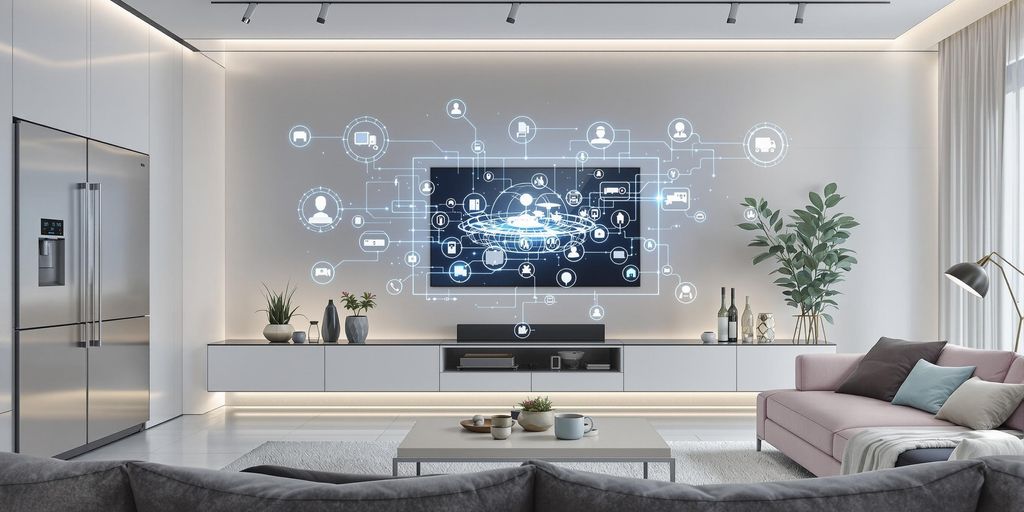As smart home technology becomes increasingly integrated into our lives, ensuring these systems are built to last is paramount. With rapid technological advancements, homeowners face the challenge of investing in systems that won’t quickly become obsolete. This article explores the importance of future-proofing your smart home, focusing on longevity, adaptability, and the potential return on investment.
The Challenge of Rapid Tech Evolution
Smart home technology, unlike a smartphone that sees frequent upgrades, is often hardwired into a home, making it difficult and costly to replace. Purchasing a sophisticated system today could mean facing diminished performance and obsolescence in just a few years. It’s crucial to understand the expected lifespan of each smart device, from lighting to thermostats, and to verify if they are eligible for ongoing software updates to prevent being stuck with outdated technology.
Flexibility in Smart Home Design
While some smart devices, like thermostats, are fixed in place, others, such as smart lighting, require more consideration for placement. Traditional smart lighting systems are hardwired, meaning a switch’s location is permanent. If a homeowner decides a switch would be better suited elsewhere, they are often out of luck without professional intervention. This inflexibility contradicts the core benefit of smart home technology: maximizing its utility within the home. A modular system, where the switch is separate from the backplate, allows for easy relocation without needing an electrician or power interruption.
Future-Proofing for Home Value and Sustainability
Investing in future-proof smart home technology can significantly enhance a home’s resale value. Surveys indicate a strong willingness among buyers to pay more for homes equipped with smart features. Furthermore, as sustainability gains importance, smart technology offers tangible benefits through increased energy efficiency and cost savings, aligning with homeowners’ desires to contribute to environmental efforts.
Key Takeaways
- Assess Device Lifespan: Research the expected life of smart devices and confirm they receive software updates.
- Prioritize Adaptability: Opt for systems that allow for easy upgrades and relocation of components.
- Consider Resale Value: Future-proofed smart homes are more attractive to potential buyers.
- Embrace Energy Efficiency: Smart technology can lead to significant cost savings and environmental benefits.
- Modular Solutions: Explore systems that offer flexibility in installation and reconfiguration.


